Home>Furniture & Design>Interior Design Trends>How To Engrave Glass
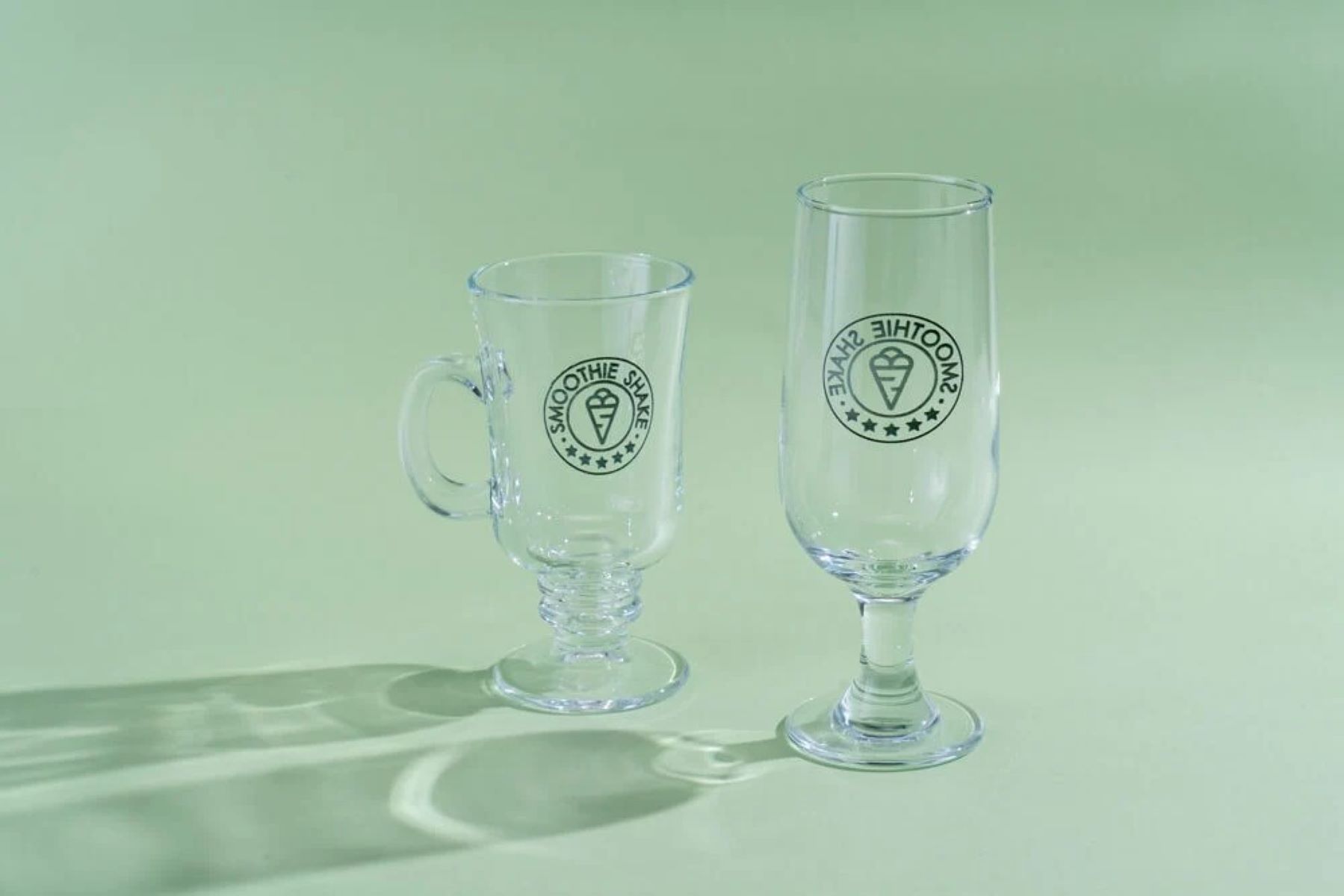

Interior Design Trends
How To Engrave Glass
Published: February 3, 2024
Learn how to engrave glass to add a personalized touch to your interior design. Discover the latest interior design trends for glass engraving.
(Many of the links in this article redirect to a specific reviewed product. Your purchase of these products through affiliate links helps to generate commission for Storables.com, at no extra cost. Learn more)
Introduction
Engraving glass is a captivating art form that allows individuals to transform ordinary glass objects into personalized and exquisite pieces of art. Whether you are looking to add a personal touch to glassware, create custom gifts, or elevate your home decor, mastering the art of glass engraving can unlock a world of creative possibilities.
The process of engraving glass involves etching designs, patterns, or text onto the surface of the glass, resulting in stunning and enduring embellishments. From delicate floral motifs to intricate monograms, the art of glass engraving enables individuals to express their creativity and leave a lasting impression.
As you embark on this artistic journey, it's essential to familiarize yourself with the necessary materials, preparation techniques, engraving methods, safety precautions, and finishing touches. By understanding each aspect of the process, you can confidently embark on your glass engraving endeavors and unleash your artistic flair.
Whether you are a seasoned artisan or a novice enthusiast, the art of glass engraving offers a rewarding and fulfilling experience. With the right guidance and a sprinkle of creativity, you can breathe new life into ordinary glass objects and create timeless pieces that are sure to captivate and inspire.
So, let's delve into the enchanting world of glass engraving and uncover the techniques, tips, and tricks that will empower you to embark on your own glass engraving journey. Get ready to unleash your creativity and elevate the allure of glass through the art of engraving.
Key Takeaways:
- Unleash Your Creativity: Glass engraving offers a captivating way to personalize glass objects, from wine glasses to mirrors, unleashing your artistic flair and leaving a lasting impression.
- Safety First, Art Second: Prioritize safety by wearing protective gear, maintaining proper ventilation, and handling tools with care, ensuring a secure and enjoyable glass engraving experience.
Read more: How To Engrave A Brick At Home
Materials Needed
Embarking on a glass engraving project requires a selection of essential materials that are instrumental in achieving precise and captivating results. Before diving into the enchanting world of glass engraving, it's crucial to gather the following items to ensure a seamless and rewarding creative process:
-
Glass Objects: Select the glass objects you wish to engrave, such as wine glasses, vases, mirrors, or glass ornaments. Ensure that the glass surface is clean and free from any dust or debris to facilitate smooth engraving.
-
Engraving Tool: Invest in a high-quality handheld rotary tool or engraving pen equipped with a diamond or carbide tip. These tools provide the precision and control required to etch intricate designs onto the glass surface.
-
Safety Gear: Prioritize safety by acquiring protective gear, including safety goggles and a dust mask. These items safeguard your eyes and respiratory system from glass particles and dust generated during the engraving process.
-
Stencil or Design Template: If you plan to engrave specific patterns or designs, consider using stencils or design templates to guide your engraving process. These aids ensure accuracy and consistency in your engravings.
-
Engraving Compound: Opt for a specialized engraving compound or cream designed for glass surfaces. This compound enhances the visibility of the engraved lines, making it easier to monitor the progress of your work.
-
Cleaning Supplies: Prepare a gentle glass cleaner and lint-free cloths to thoroughly clean the glass surface before and after engraving. A clean surface is essential for achieving pristine and professional-looking engravings.
-
Workspace Protection: Safeguard your workspace by laying down a protective covering, such as a drop cloth or newspaper, to catch any glass shavings and maintain a tidy work area.
-
Light Source: Adequate lighting is crucial for precision engraving. Ensure your workspace is well-lit to clearly visualize the engraving process and achieve meticulous results.
By assembling these essential materials, you can set the stage for a successful and enjoyable glass engraving experience. Each item plays a pivotal role in facilitating a seamless and rewarding creative process, allowing you to unleash your artistic vision and transform ordinary glass objects into personalized works of art.
Preparation
Before commencing the enchanting process of glass engraving, thorough preparation is essential to ensure a smooth and successful creative endeavor. The meticulous preparation not only sets the stage for precise and captivating engravings but also contributes to a safe and organized workspace. Here's a detailed overview of the crucial steps involved in preparing for a glass engraving project:
-
Selecting the Glass Objects: Carefully choose the glass objects you intend to engrave, such as wine glasses, vases, mirrors, or glass ornaments. Ensure that the selected items are clean and free from any dust or debris, as a pristine glass surface is vital for achieving impeccable engravings.
-
Cleaning the Glass Surface: Prior to initiating the engraving process, thoroughly clean the glass surface using a gentle glass cleaner and lint-free cloths. Removing any smudges, fingerprints, or dirt from the glass not only enhances the visual appeal of the objects but also provides an ideal canvas for the engraving process.
-
Setting Up the Workspace: Create a dedicated and well-lit workspace for your glass engraving project. Ensure that the area is adequately illuminated to facilitate clear visualization of the engraving process. Additionally, protect the workspace by laying down a drop cloth or newspaper to catch any glass shavings and maintain a tidy work environment.
-
Organizing the Engraving Tools: Gather all the necessary engraving tools, including the handheld rotary tool or engraving pen, along with the diamond or carbide tips. Having the tools organized and readily accessible streamlines the engraving process and minimizes interruptions during the creative endeavor.
-
Preparing the Design Template or Stencil: If you plan to engrave specific patterns or designs onto the glass, prepare the design template or stencil in advance. This step ensures that you have a clear guide to follow during the engraving process, promoting accuracy and consistency in your engravings.
-
Ensuring Safety Measures: Prioritize safety by donning protective gear, including safety goggles and a dust mask, to shield your eyes and respiratory system from glass particles and dust generated during the engraving process. Safety should always be a top priority when engaging in any form of creative activity.
By meticulously attending to these preparatory steps, you can establish a solid foundation for your glass engraving project. The careful selection of glass objects, thorough cleaning of the glass surfaces, organization of engraving tools, and adherence to safety measures collectively contribute to a seamless and rewarding glass engraving experience. With the groundwork laid and the stage set, you are now poised to embark on the captivating journey of etching intricate designs and patterns onto glass surfaces, infusing them with personalized charm and artistic allure.
Engraving Techniques
The art of glass engraving encompasses a diverse array of techniques, each offering unique approaches to etching intricate designs and patterns onto glass surfaces. From traditional hand engraving to modern rotary tool methods, mastering these techniques empowers artisans to unleash their creativity and achieve captivating results. Let's explore the various engraving techniques that elevate the allure of glass and enable individuals to infuse personalized charm into their creations.
Hand Engraving
Hand engraving stands as a timeless and revered technique, characterized by the use of handheld tools to meticulously etch designs onto glass surfaces. Artisans adept in hand engraving wield precision gravers and diamond-tipped scribes to create delicate and intricate patterns with unparalleled artistry. This technique demands a steady hand, keen attention to detail, and a profound understanding of the glass medium, resulting in exquisite engravings that exude a sense of timeless elegance.
Read more: How To Engrave Slate Coasters
Rotary Tool Engraving
The advent of rotary tools has revolutionized the art of glass engraving, offering artisans a versatile and efficient method to etch designs onto glass surfaces. Equipped with diamond or carbide tips, handheld rotary tools enable precise control and the ability to execute intricate designs with ease. Artisans can leverage varying speeds and interchangeable tips to achieve diverse engraving effects, from fine lines to elaborate textures, expanding the creative possibilities and allowing for the realization of intricate and personalized designs.
Sandblasting
Sandblasting represents a dynamic and impactful engraving technique that harnesses the power of compressed air and abrasive materials to etch designs onto glass surfaces. By directing a high-velocity stream of abrasive particles at the glass, artisans can achieve deep and textured engravings, imparting a striking visual and tactile dimension to the glass objects. This technique offers unparalleled versatility, allowing for the creation of bold and dramatic designs that captivate the eye and elevate the aesthetic appeal of the glass.
Laser Engraving
Laser engraving emerges as a cutting-edge technique that harnesses the precision and power of laser technology to etch intricate designs onto glass surfaces with remarkable accuracy. By utilizing focused laser beams, artisans can achieve unparalleled intricacy and detail, translating complex designs and fine patterns onto glass with exceptional precision. This technique offers a seamless and efficient engraving process, enabling the realization of intricate and personalized designs with unparalleled precision and consistency.
Diamond Point Engraving
Diamond point engraving, also known as diamond drag engraving, involves the use of a diamond-tipped stylus to etch designs onto glass surfaces with remarkable precision. This technique relies on the controlled movement of the diamond point across the glass, imparting fine lines and intricate patterns with exceptional clarity and finesse. Artisans can achieve a delicate and refined aesthetic, infusing glass objects with personalized designs that exude sophistication and allure.
Mastering these engraving techniques empowers artisans to explore the boundless potential of glass as a medium for artistic expression. Whether embracing the time-honored art of hand engraving or harnessing the precision of modern engraving methods, each technique offers a unique avenue for infusing glass objects with personalized charm and captivating allure. As artisans delve into the enchanting realm of glass engraving, they unlock a world of creative possibilities, breathing new life into ordinary glass objects and transforming them into enduring works of art.
Read more: How To Infill Laser Engraved Metal
Safety Precautions
When engaging in the art of glass engraving, prioritizing safety measures is paramount to ensure a secure and enjoyable creative experience. The delicate nature of working with glass, coupled with the use of specialized tools and materials, necessitates a vigilant approach to safeguarding both the artisan and the workspace. By adhering to essential safety precautions, artisans can embark on their glass engraving endeavors with confidence and peace of mind, fostering a secure environment for artistic expression.
Protective Gear
Before commencing any engraving activities, it is imperative to equip oneself with the necessary protective gear. Safety goggles serve as a crucial barrier against potential glass particles and debris, shielding the eyes from harm during the engraving process. Additionally, wearing a dust mask or respirator helps prevent inhalation of fine glass dust, ensuring respiratory well-being and minimizing the risk of respiratory irritation.
Ventilation
Maintaining adequate ventilation in the workspace is essential to mitigate the accumulation of airborne glass particles and engraving compounds. Proper airflow not only promotes a healthier environment but also reduces the concentration of airborne particles, contributing to a more comfortable and secure workspace.
Tool Handling
Artisans should handle engraving tools with care and mindfulness, as these instruments feature sharp or abrasive components. Proper handling and storage of engraving tools minimize the risk of accidental injuries and ensure the longevity of the tools. Additionally, maintaining a clutter-free workspace reduces the likelihood of tripping or mishandling tools during the engraving process.
Read more: What To Engrave On Wedding Champagne Flutes
Workspace Organization
Organizing the workspace in a methodical manner contributes to a safer and more efficient engraving environment. By keeping the work area tidy and free from clutter, artisans can minimize the risk of accidents and maintain a clear and focused mindset during the creative process.
First Aid Preparedness
In the event of minor mishaps or injuries, having a well-equipped first aid kit readily accessible in the workspace is essential. Basic first aid supplies, such as adhesive bandages, antiseptic wipes, and sterile gauze, ensure prompt and effective response to minor injuries, promoting a secure and prepared working environment.
Supervision and Training
For novice artisans, seeking guidance from experienced individuals or undergoing formal training in glass engraving techniques is highly beneficial. Acquiring the necessary skills and knowledge under the supervision of experienced practitioners fosters a safe and informed approach to glass engraving, empowering individuals to navigate the creative process with confidence and proficiency.
By embracing these safety precautions, artisans can cultivate a secure and nurturing environment for their glass engraving pursuits. Prioritizing protective gear, maintaining proper ventilation, handling tools with care, organizing the workspace, preparing for first aid situations, and seeking guidance and training collectively contribute to a safe and enriching glass engraving experience. With a steadfast commitment to safety, artisans can embark on their creative journey with peace of mind, channeling their focus and energy into the art of glass engraving and bringing their artistic visions to life.
Finishing Touches
After meticulously engraving intricate designs onto glass surfaces, artisans can elevate their creations to new heights through the art of finishing touches. These final embellishments not only enhance the visual impact of the engravings but also contribute to the overall refinement and allure of the glass objects. From refining the engraved lines to adding personalized flourishes, the finishing touches serve as the crowning elements that bestow a sense of completion and sophistication upon the engraved glass.
Refining Engraved Lines
Upon completing the engraving process, artisans can refine the engraved lines to achieve a polished and professional appearance. Using a gentle glass cleaner and lint-free cloths, carefully remove any residual engraving compound or dust from the glass surface. This meticulous cleaning process ensures that the engraved lines stand out with clarity and precision, enhancing the overall visual impact of the designs.
Adding Depth and Texture
For artisans seeking to imbue their engravings with depth and texture, consider incorporating additional embellishments to enrich the visual and tactile appeal of the glass objects. Utilizing specialized glass etching creams or compounds, artisans can selectively apply these materials to specific areas of the engravings, creating nuanced textures and enhancing the three-dimensional quality of the designs. This technique adds a captivating dimension to the engravings, infusing them with a tactile allure that captivates both the eye and the touch.
Personalized Flourishes
To impart a touch of personalization and individuality to the engraved glass objects, consider incorporating personalized flourishes or embellishments. This may involve adding initials, dates, or meaningful symbols to commemorate special occasions or personalize the glassware. Artisans can leverage specialized stencils or freehand techniques to delicately incorporate these personalized elements, infusing the engravings with sentimental value and individual charm.
Protective Coating
To preserve the integrity and longevity of the engravings, artisans may opt to apply a protective coating to the glass surfaces. Specialized glass sealants or coatings can safeguard the engravings from wear and tear, ensuring that the intricate designs remain vibrant and enduring over time. This protective measure not only enhances the durability of the engravings but also contributes to the overall luster and visual appeal of the glass objects.
Read more: How To Glue Glass To Glass Permanently
Presentation and Display
Upon completing the finishing touches, artisans can curate the presentation and display of the engraved glass objects to showcase their artistry and craftsmanship. Whether arranging the glassware as part of a decorative ensemble or packaging personalized glass gifts with care and elegance, the presentation plays a pivotal role in highlighting the beauty and significance of the engravings. Thoughtful presentation and display elevate the impact of the finished pieces, allowing the engravings to shine as captivating works of art.
By attending to these meticulous finishing touches, artisans infuse their engraved glass objects with a sense of refinement, individuality, and enduring allure. Each embellishment and enhancement contributes to the overall visual impact and significance of the engravings, transforming ordinary glass objects into personalized and captivating works of art. With the art of finishing touches, artisans bestow a sense of completion and sophistication upon their glass engravings, ensuring that each creation resonates with timeless charm and artistic expression.
Conclusion
In conclusion, the art of glass engraving stands as a captivating and enriching pursuit that empowers individuals to infuse ordinary glass objects with personalized charm and enduring allure. Through a seamless blend of meticulous preparation, diverse engraving techniques, essential safety precautions, and thoughtful finishing touches, artisans embark on a transformative journey that transcends the ordinary and elevates the aesthetic appeal of glassware and ornaments.
As artisans delve into the enchanting world of glass engraving, they unlock a realm of creative possibilities, allowing their artistic visions to manifest in the form of intricate designs, personalized flourishes, and captivating embellishments. Whether embracing the time-honored techniques of hand engraving or harnessing the precision of modern engraving methods, each approach offers a unique avenue for artistic expression, enabling individuals to breathe new life into glass surfaces and create enduring works of art.
The meticulous preparation process sets the stage for a seamless and rewarding creative endeavor, ensuring that the glass surfaces are pristine and the workspace is organized and secure. By assembling the essential materials and familiarizing themselves with the engraving tools, artisans cultivate an environment conducive to artistic exploration and expression.
Exploring a diverse array of engraving techniques, from hand engraving to laser engraving, empowers artisans to unleash their creativity and achieve captivating results. Each technique offers a unique approach to etching intricate designs onto glass surfaces, allowing artisans to infuse personalized charm and captivating allure into their creations.
Prioritizing safety precautions throughout the engraving process fosters a secure and nurturing environment for artistic expression. By equipping themselves with protective gear, maintaining proper ventilation, and handling tools with care, artisans embark on their glass engraving endeavors with confidence and peace of mind, channeling their focus and energy into the art of engraving.
The art of finishing touches serves as the crowning element that bestows a sense of completion and sophistication upon the engraved glass. From refining the engraved lines to adding personalized flourishes and protective coatings, artisans elevate their creations to new heights, ensuring that each piece resonates with timeless charm and artistic expression.
In essence, the art of glass engraving transcends the realm of craftsmanship, emerging as a profound form of artistic expression that breathes new life into glass objects. With a steadfast commitment to creativity, precision, and safety, artisans embark on a transformative journey, infusing glass surfaces with personalized charm and enduring allure. Through the art of glass engraving, individuals unleash their creativity, leaving an indelible mark on glass objects and creating enduring works of art that captivate and inspire.
Frequently Asked Questions about How To Engrave Glass
Was this page helpful?
At Storables.com, we guarantee accurate and reliable information. Our content, validated by Expert Board Contributors, is crafted following stringent Editorial Policies. We're committed to providing you with well-researched, expert-backed insights for all your informational needs.
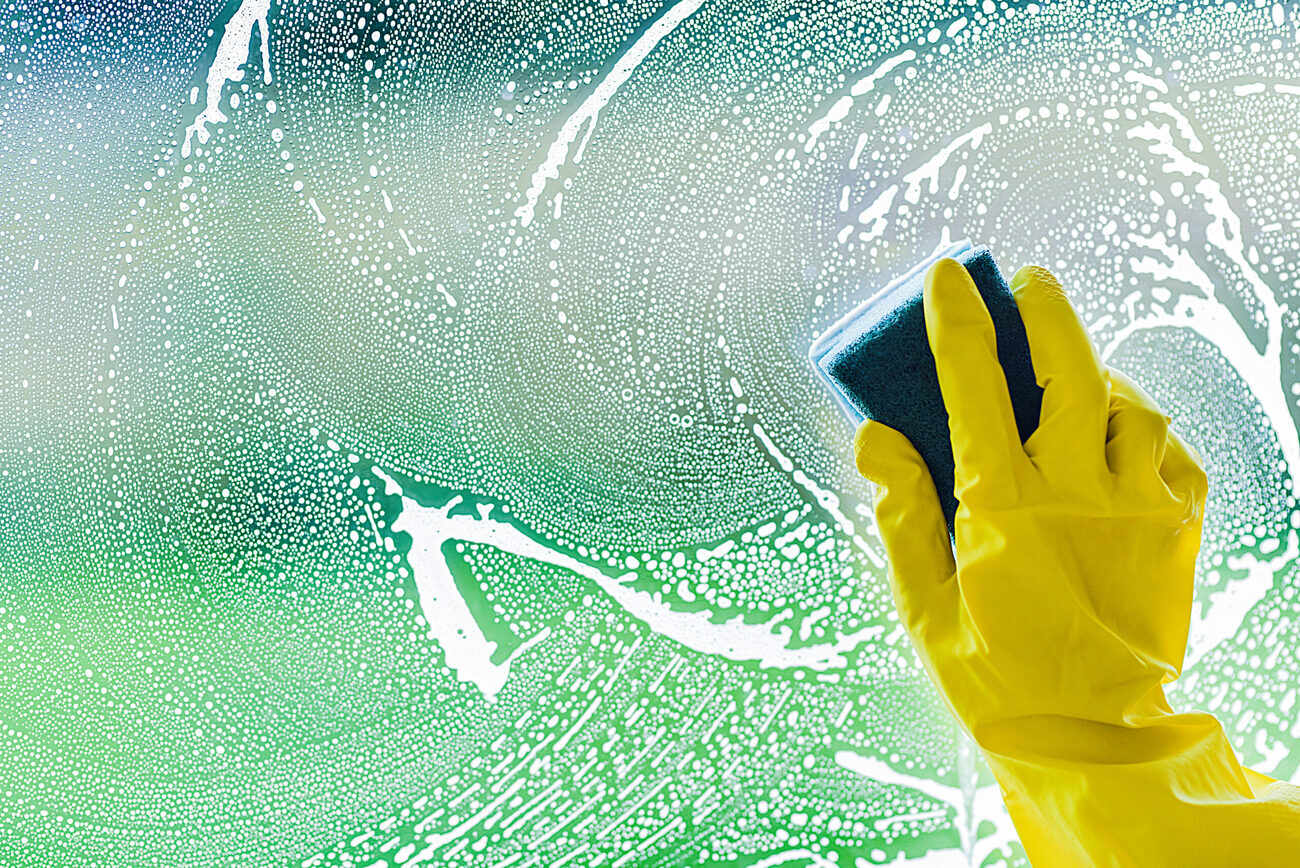
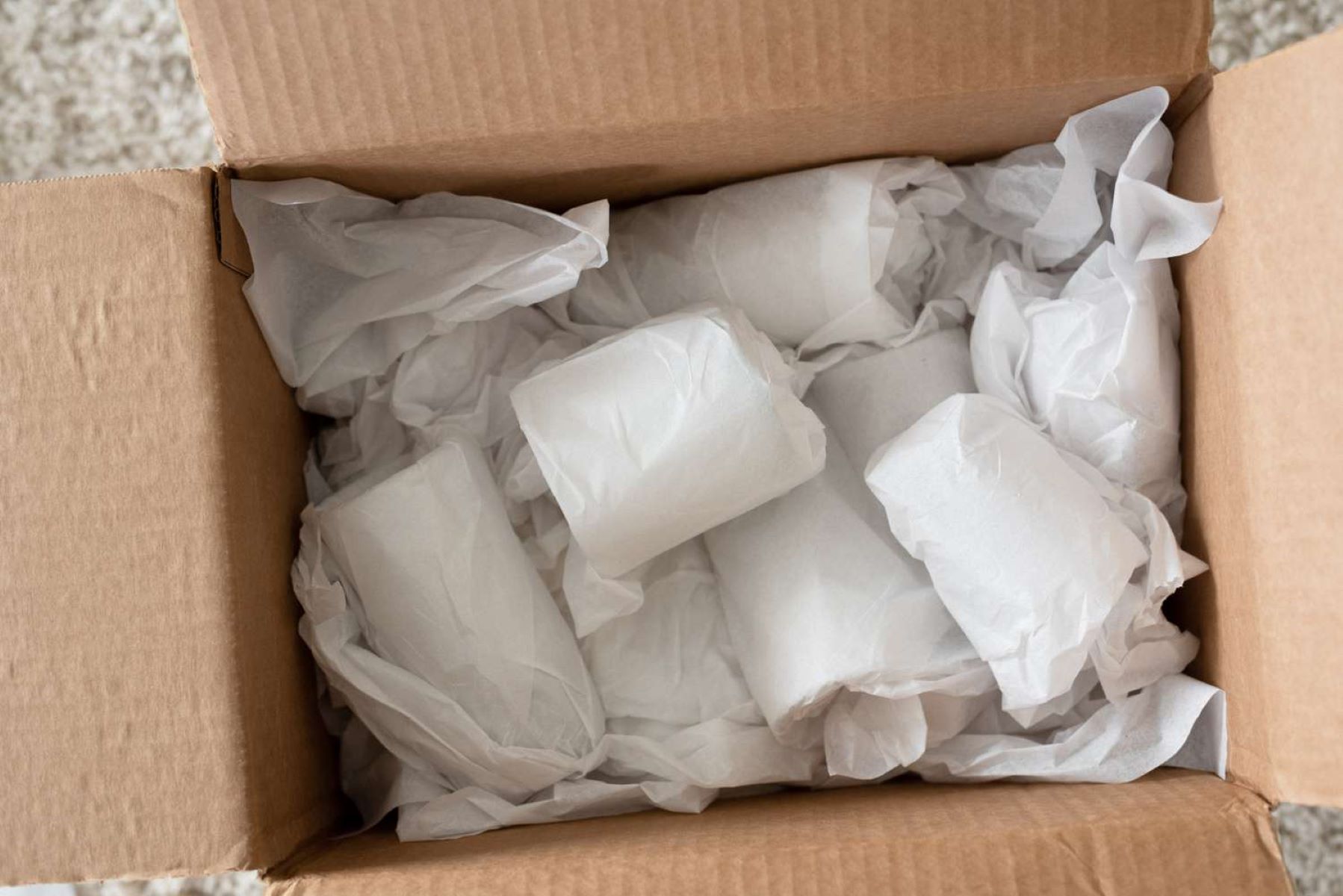
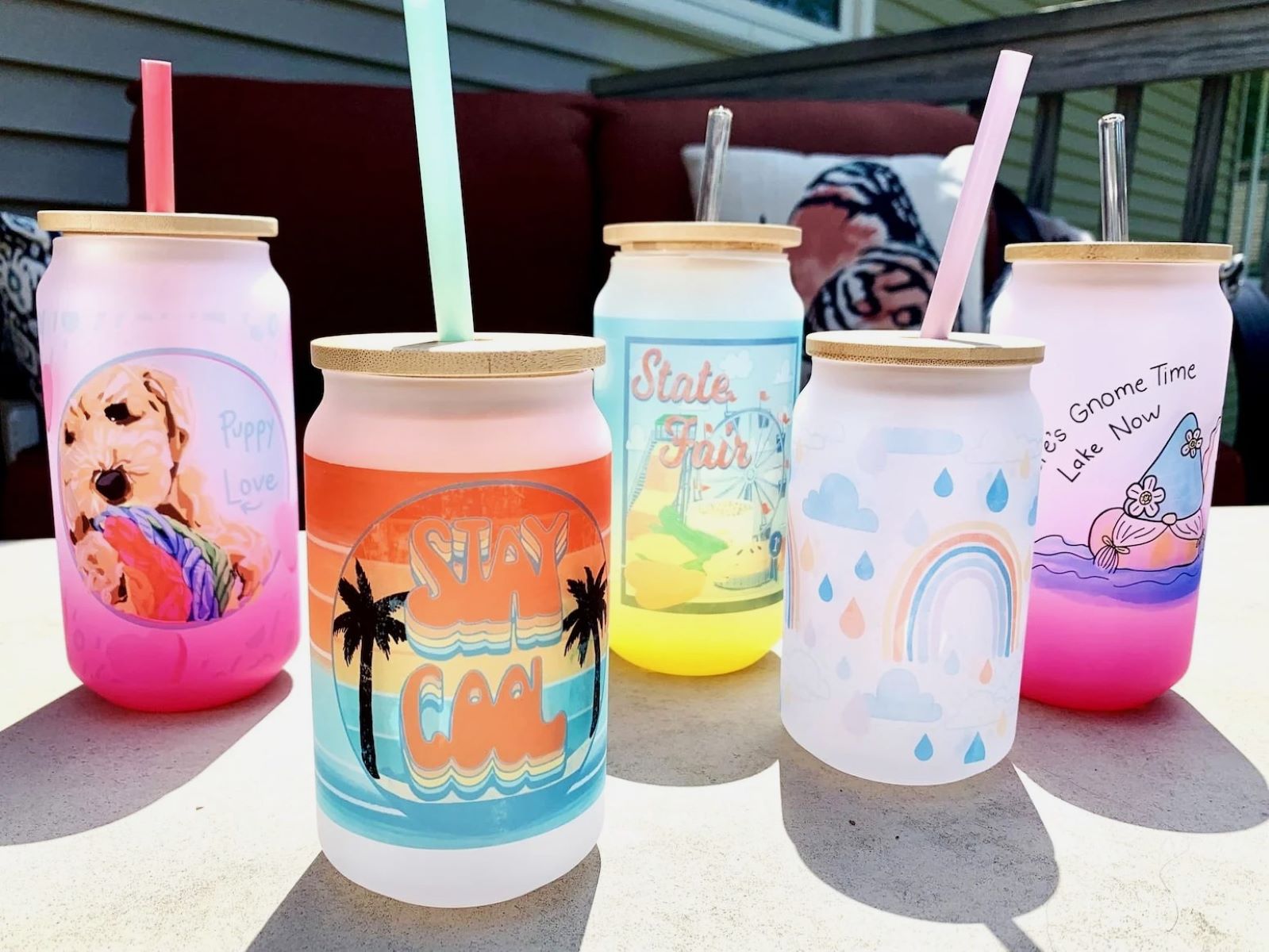
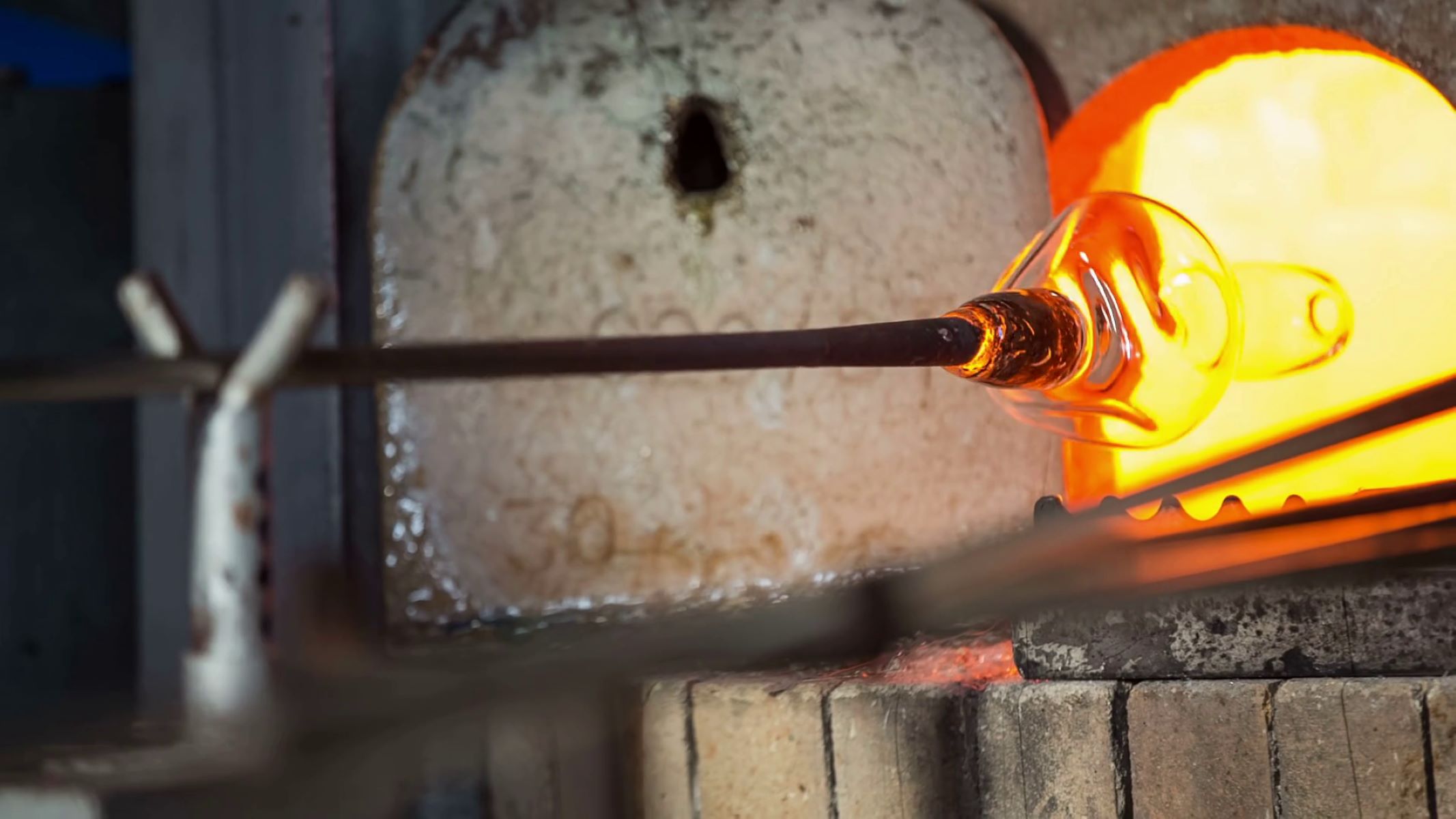
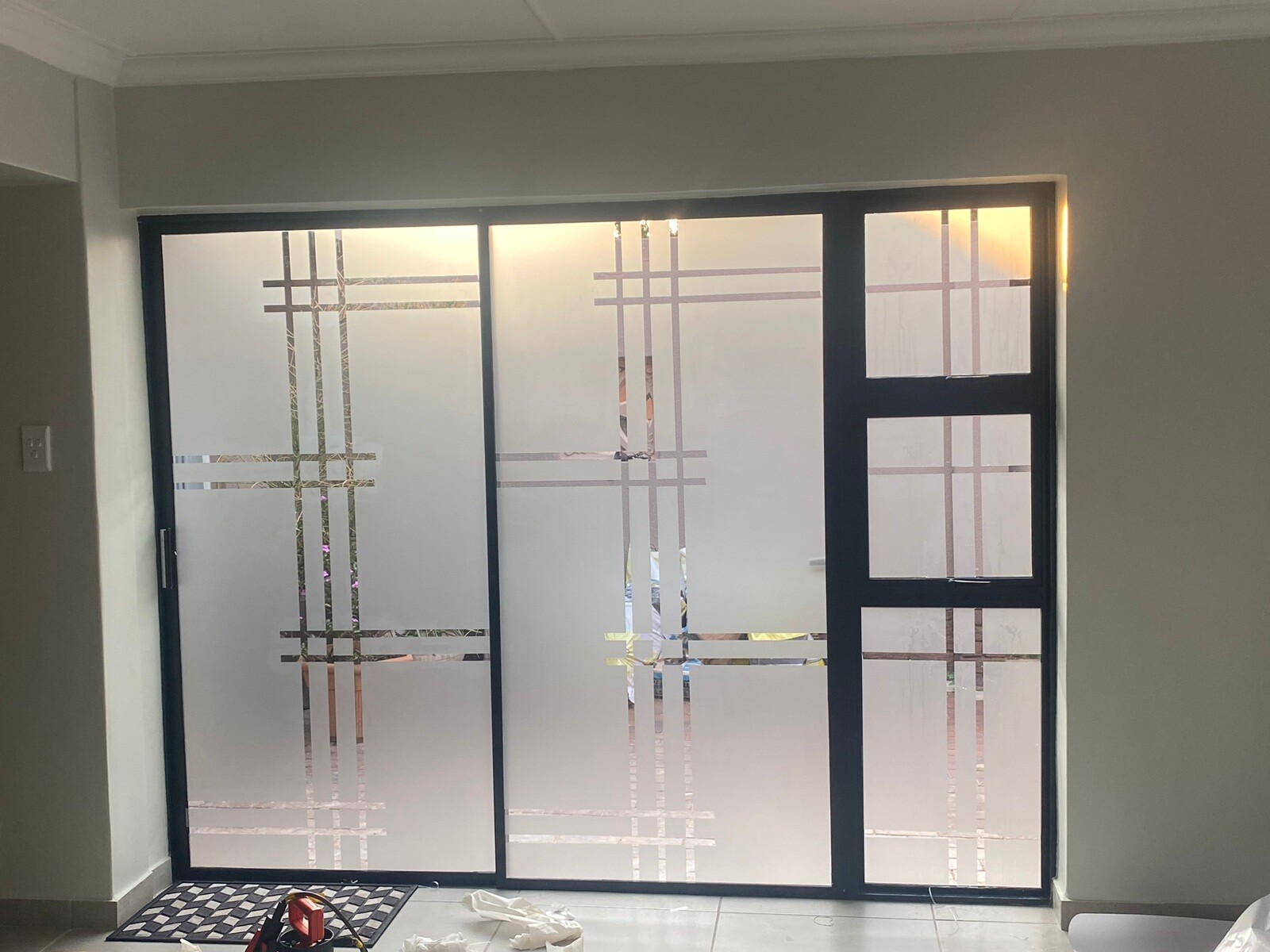
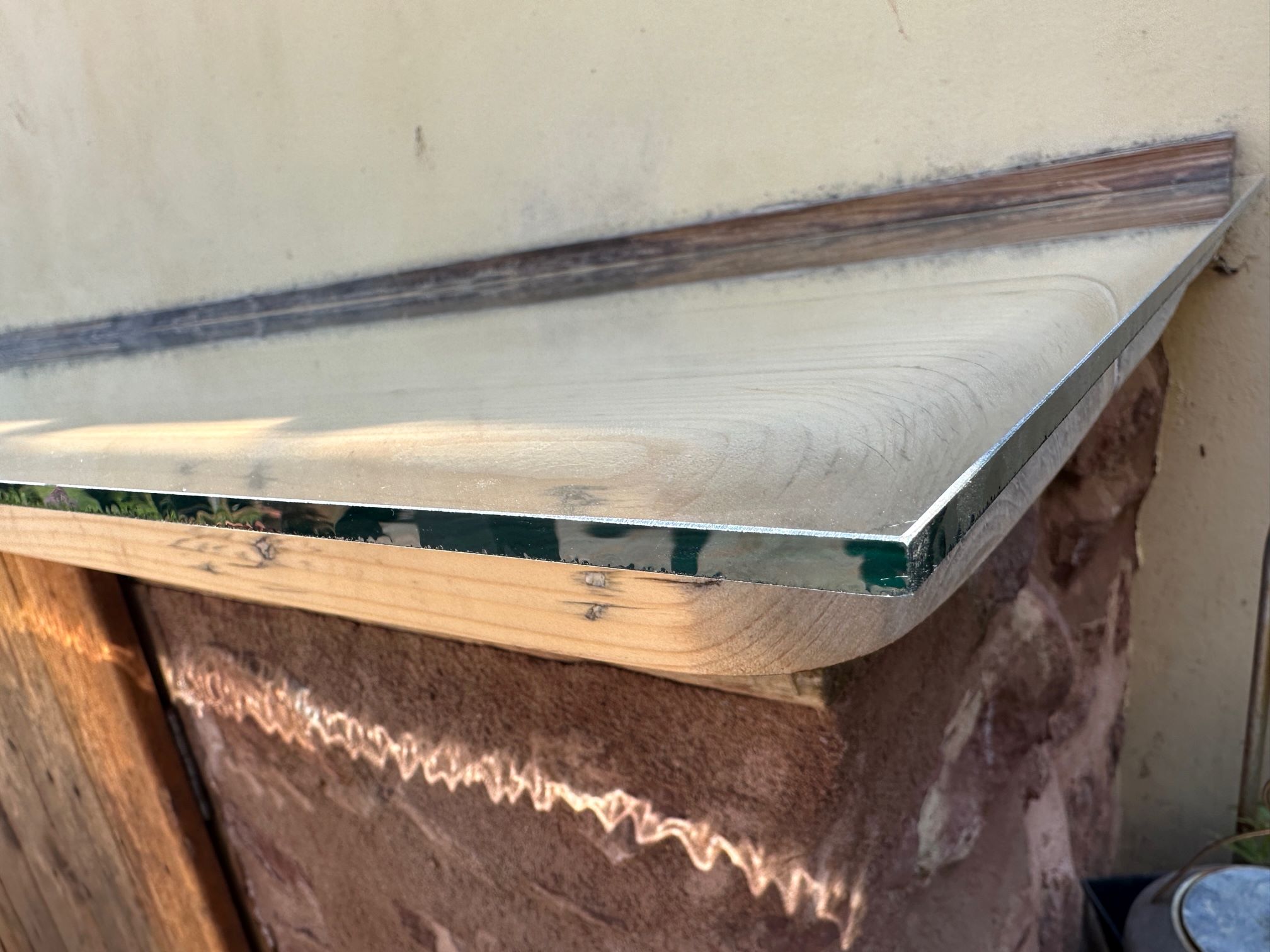
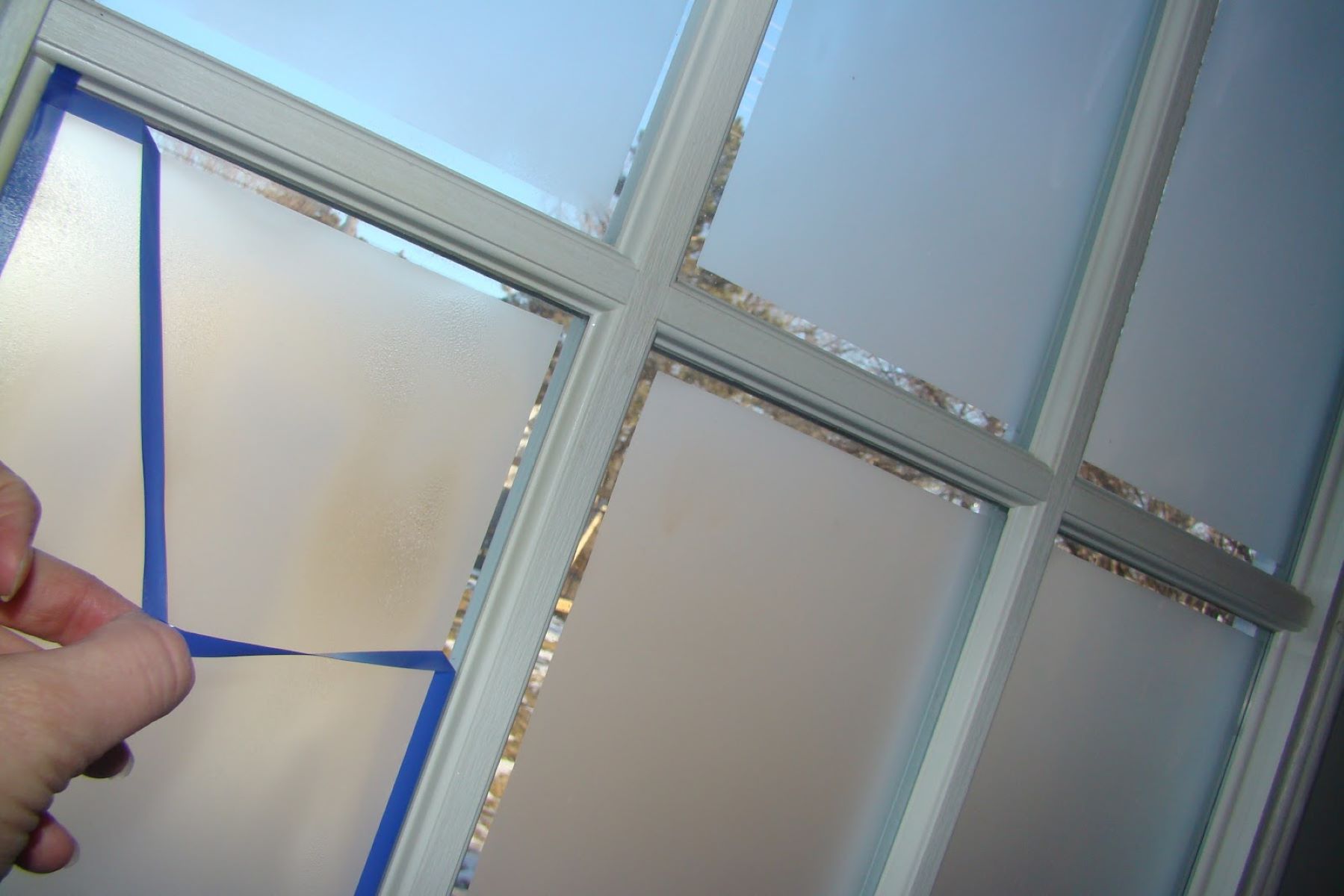
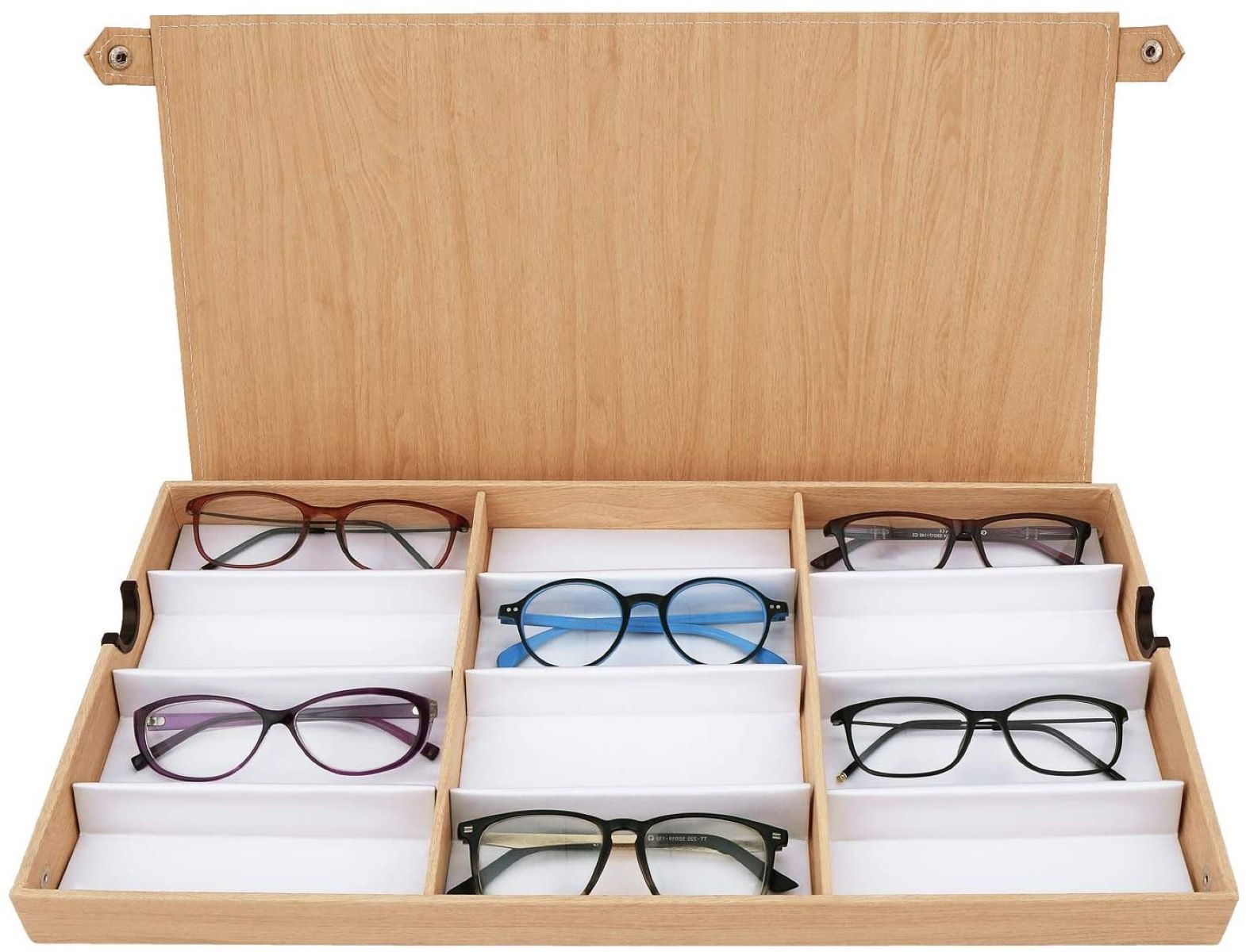
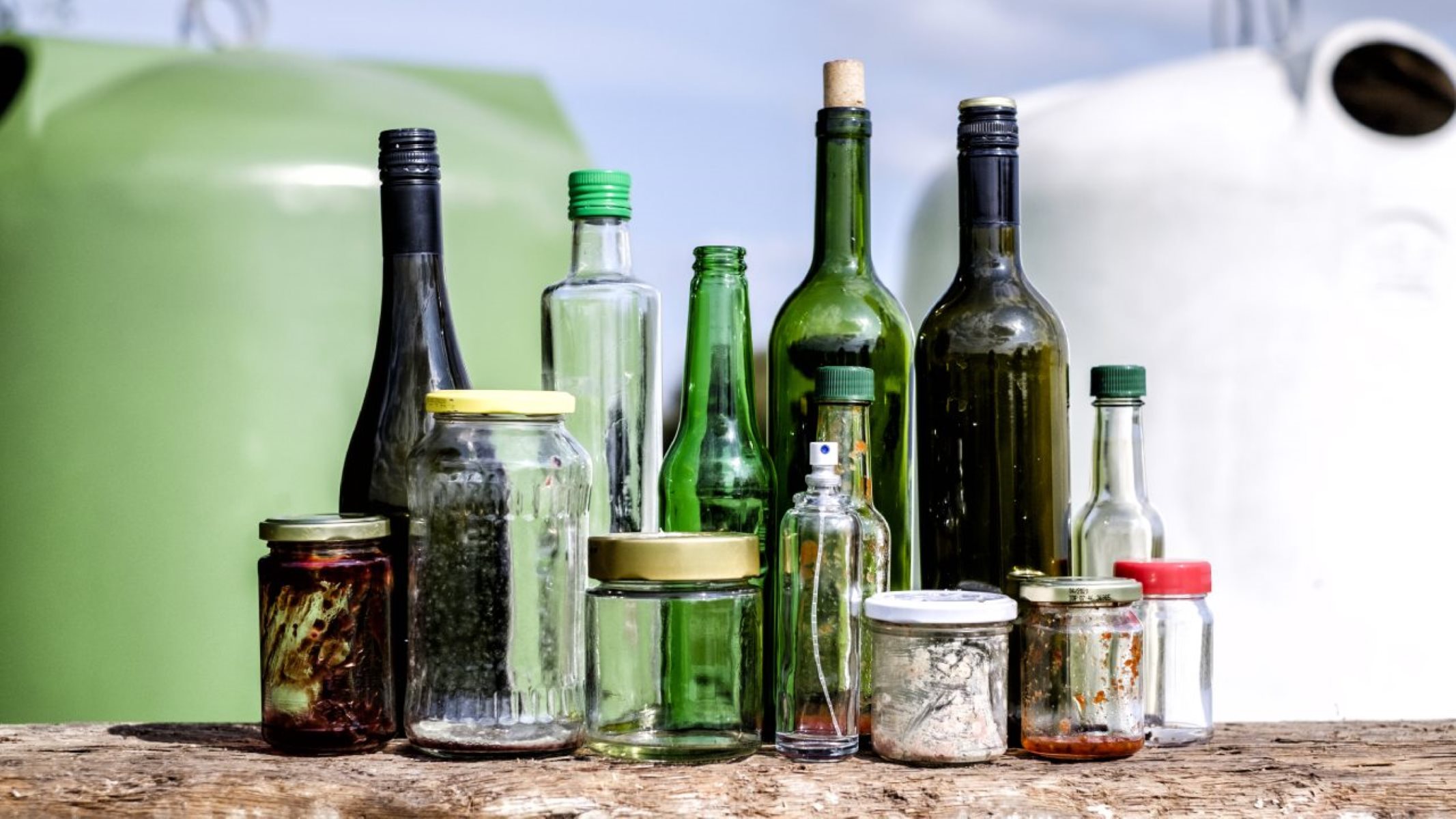
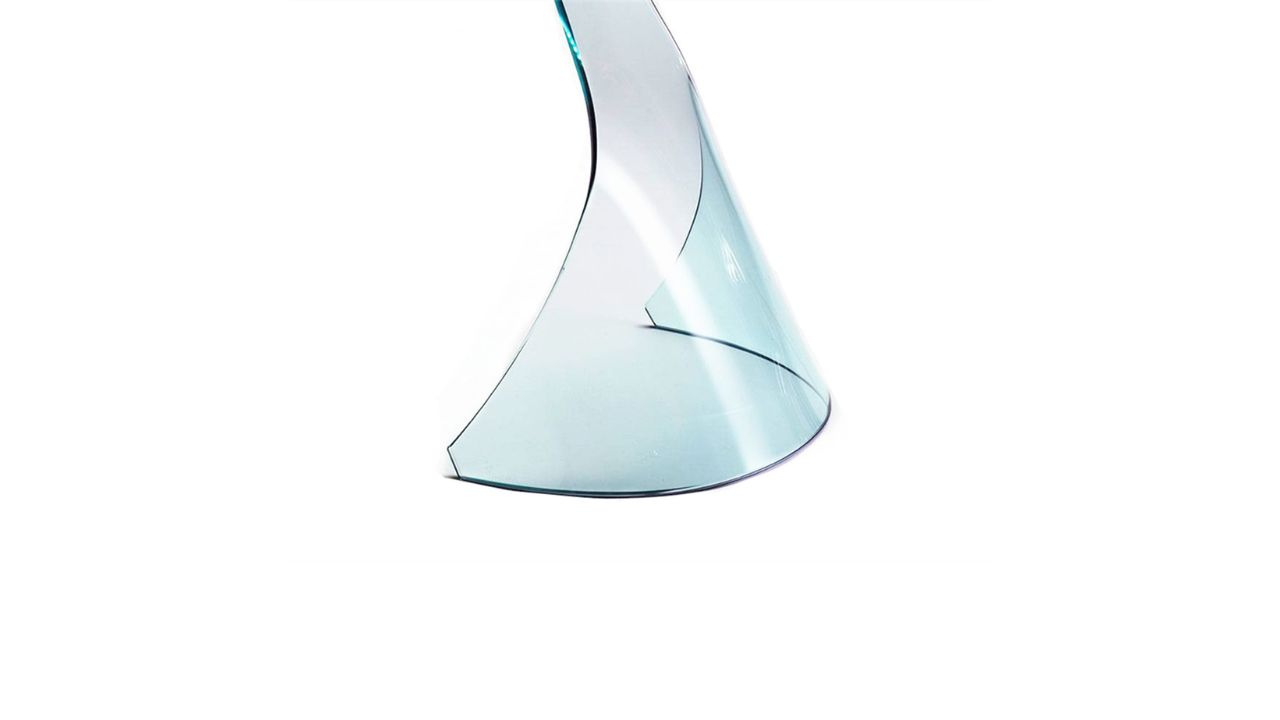

0 thoughts on “How To Engrave Glass”